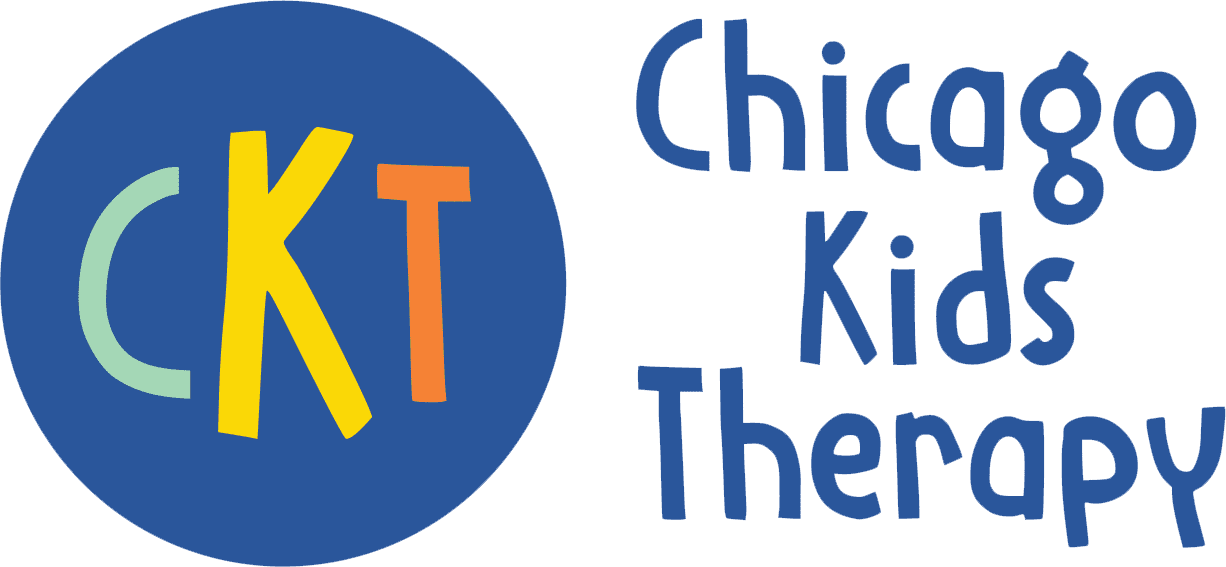When a child is receiving behavioral services, they oftentimes would also benefit from physical therapy to support ABA goals. Physical therapy can help support ABA services through various ways. In addition to collaborating with therapists, a physical therapist can work on improving muscle strength and endurance, balance, and upper and lower extremity coordination.

Areas Physical Therapy Addresses that Support Behavioral Services
Muscle Strength and Endurance
Muscle strength is the foundation of children’s abilities. They need to have adequate strength in order to complete gross and fine motor skills such as running, jumping, handwriting, and ball play among others! By improving muscle strength, children can improve in their play skills and overall ability to participate with their peers and adults.
- Postural control is an important attribute to improve as it allows the child to participate in activities while maintaining a healthy spine. Improving postural strength and endurance allows children to participate in sitting and standing with others!
- Improving endurance allows the child to be able to play and explore their environment independently for extended periods of time.
Balance Training
Maintaining balance is an important aspect of children’s independence, as appropriate balance helps them move around their environments without falling and have the confidence to be active with their peers!
- Balance training can help improve balance reactions when bumping into surrounding surfaces, peers, and/or items to avoid falling.
- Improved balance allows them to be able to walk and play independently in their environment
Coordination Training
Coordination is the ability to use different parts of the body together in a smooth and efficient manner. By improving coordination, physical therapists can help children improve the following:
- Throwing, catching, and kicking a ball! These are important skills for peer play and overall development of gross motor skills.
- Improved control of their movements during play and gait to help them move around their environment in a more efficient manner.
If your child displays any of the following, consider reaching out for a physical therapy evaluation!
-frequent W sitting
-toe walking gait pattern
-difficulty negotiating stairs with decreased safety awareness
-difficulty with catching, throwing, and kicking a ball
-frequent falls and/or tripping
-slouched posture when seated
-low tone (floppy movements)
-increased fatigue
-decreased desire for active movements
